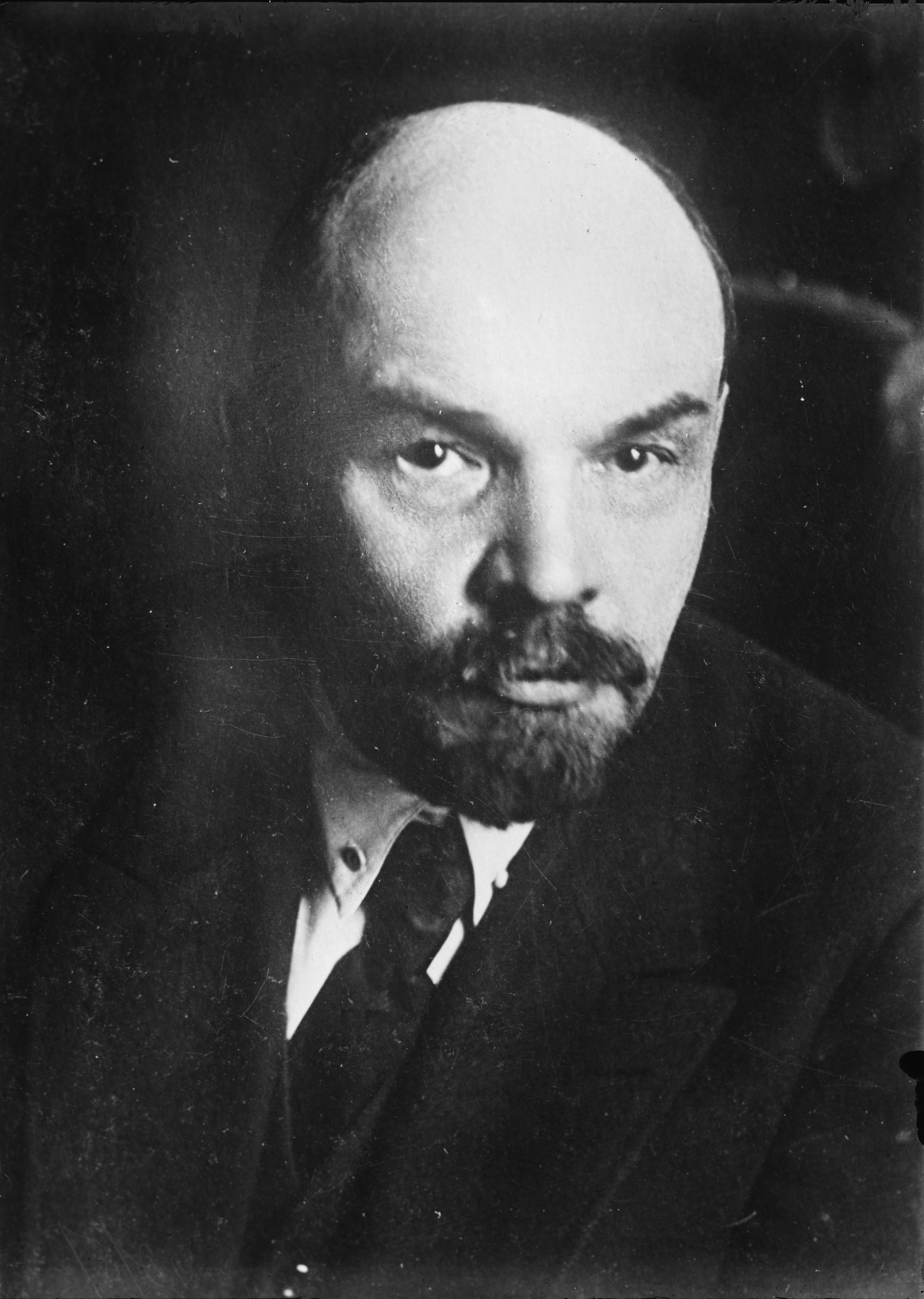|
Council Of People's Commissars Of Belarus
The Council of People's Commissars of Belarus was established part of the governing apparatus of the Byelorussian Soviet Socialist Republic (BSSR). It was formed by the All-Byelorussian Congress of Soviets and functioned alongside the Central Executive Committee. Under the 1919 constitution the Council of People's Commissars belongs to the general management of the affairs of the BSSR. The Council of People's Commissars was empowered to issue decrees, orders and instructions, and to generally take whatever measures necessary for the proper and prompt management of the state. However any decisions of great general political importance were to be submitted for ratification by the Congress of Soviets, which could over-rule the decisions of the Council of People's Commissars. People's Commissariats According to the 1919 constitution, 15 People's Commissariats were established. #Foreign Affairs #Military Affairs, #Internal Affairs #Justice #Labour #Social Security #Public Education #Fin ... [...More Info...] [...Related Items...] OR: [Wikipedia] [Google] [Baidu] |
Byelorussian Soviet Socialist Republic
The Byelorussian Soviet Socialist Republic (BSSR, or Byelorussian SSR; be, Беларуская Савецкая Сацыялістычная Рэспубліка, Bielaruskaja Savieckaja Sacyjalistyčnaja Respublika; russian: Белорусская Советская Социалистическая Республика, Byelorusskaya Sovyetskaya Sotsialisticheskaya Respublika or russian: links=no, Белорусская ССР, Belorusskaya SSR), also commonly referred to in English as Byelorussia, was a republic of the Soviet Union (USSR). It existed between 1920 and 1922, and from 1922 to 1991 as one of fifteen constituent republics of the USSR, with its own legislation from 1990 to 1991. The republic was ruled by the Communist Party of Byelorussia and was also referred to as Soviet Byelorussia or Soviet Belarus by a number of historians. Other names for Byelorussia included White Russian Soviet Socialist Republic and Belorussian Soviet Socialist Republic. To the wes ... [...More Info...] [...Related Items...] OR: [Wikipedia] [Google] [Baidu] |
Supreme Soviet Of The Byelorussian Soviet Socialist Republic
The Supreme Soviet of the Byelorussian SSR ( Belarusian: Вярхоўны Савет Беларускай ССР, ''Viarchoŭny Saviet Bielaruskaj SSR''; Russian: Верховный Совет Белорусской ССР tr. ''Verkhovnyy Sovet Belorusskoy SSR'') was the supreme soviet (main legislative institution) of the Byelorussian SSR from 1938 to 1991. The Supreme Soviet of the Byelorussian SSR was preceded by the All-Byelorussian Central Executive Committee (1920-1938) and the All-Byelorussian Congress of Soviets (1919-1937). The Supreme Soviet of the Byelorussian SSR was briefly disbanded in 1941 due to the Great Patriotic War and was re-established in 1947. The Supreme Soviet of the Byelorussian SSR was briefly succeeded by the Supreme Soviet of Belarus from 1991 to 1996. The Supreme Soviet of Belarus was succeeded by the National Assembly of Belarus in 1996. Until Gorbachev's democratization program, the Supreme Soviet of the Byelorussian SSR was a rubber stamp li ... [...More Info...] [...Related Items...] OR: [Wikipedia] [Google] [Baidu] |
People's Commissariat
A People's Commissariat (russian: народный комиссариат; Narkomat) was a structure in the Soviet state (in the Russian Soviet Federative Socialist Republic, in other union and autonomous republics, in the Soviet Union) from 1917–1946 which functioned as the central executive body in charge of managing a particular field of state activity or a separate sector of the national economy; analogue of the ministry. As a rule, a People's Commissariat was headed by a People's Commissar (russian: народный комиссар; Narkom), which is part of the government – the Council of People's Commissars of the appropriate level. Commissariats were created as central organs of state administration when Soviet power was established in the republics in the territory of the former Russian Empire. The number of People's Commissariats changed in accordance with the requirements of the current moment; overall it increased due to the separation of existing ones and the forma ... [...More Info...] [...Related Items...] OR: [Wikipedia] [Google] [Baidu] |
Council Of People's Commissars Of The Russian Soviet Federative Socialist Republic
The Council of People's Commissars of the Russian Soviet Federative Socialist Republic was the government of Soviet Russia in 1917–1946. It was established by the Second All-Russian Congress of Soviets of Workers', Soldiers', and Peasants' Deputies on November 7, 1917 "as an interim workers' and peasants' government" under the name of the Council of People's Commissars, which was used before the adoption of the Constitution of the Russian Socialist Federative Soviet Republic of 1918. Since 1918, the formation of the Council of People's Commissars of the Russian Socialist Federative Soviet Republic was the prerogative of the All-Russian Central Executive Committee, and since 1937, the Supreme Council of the Russian Soviet Federative Socialist Republic. The Council of People's Commissars of the Russian Soviet Federative Socialist Republic was formed from the people's commissars – the leaders of the People's Commissariats of Soviet Russia – headed by the chairman of the Counci ... [...More Info...] [...Related Items...] OR: [Wikipedia] [Google] [Baidu] |
Council Of People's Commissars Of The Soviet Union
The Council of People's Commissars of the Soviet Union was the highest collegial body of executive and administrative authority of the Soviet Union from 1923 to 1946. As the government of the Soviet Union, the Council of People's Commissars of the Soviet Union and the People's Commissariats led by it played a key role in such significant events for the country and society as the economic recovery after the Civil War, the New Economic Policy, agricultural collectivization, electrification, industrialization, five-year plans for the development of national economy, censorship, the fight against religion, repression and political persecution, the Gulag, the deportation of peoples, the annexation of the Baltic States and other territories by the Soviet Union, the organization of the partisan movement, the organization of industrial production in the rear during the Great Patriotic War. In 1946, it was transformed into the Council of Ministers of the Soviet Union. History The ... [...More Info...] [...Related Items...] OR: [Wikipedia] [Google] [Baidu] |


